Safety Cover with pavers
DanoD11
11 years ago
Related Stories
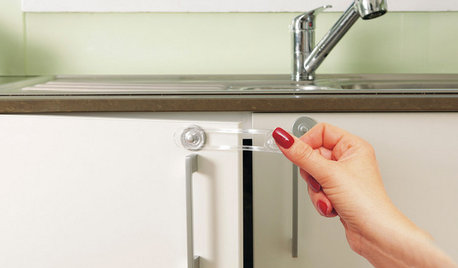
SHOP HOUZZShop Houzz: The Child Safety Sale
Avoid accidents and save up to 30% while ensuring some parental peace of mind
Full Story0
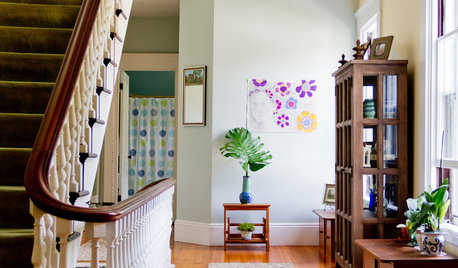
HEALTHY HOMEGet the Lead Out: Lead Safety at Home
Keep your family safe by properly testing for and dealing with lead in old painted surfaces, water and soil
Full Story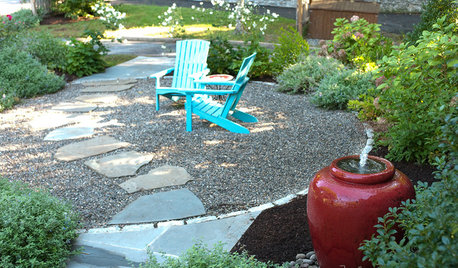
GARDENING AND LANDSCAPINGPatio Pavers Rock Out
Pair stone or gravel with bigger pavers for a patio design that guests will pay tribute to
Full Story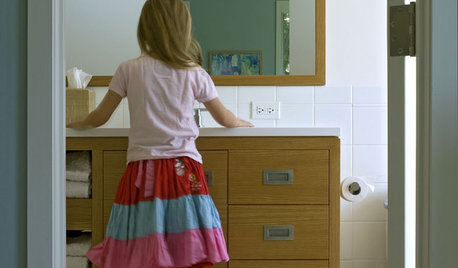
BATHROOM DESIGNSafety Plays With Style in Kids' Bathrooms
Have a little fun with "safety first" using kid-friendly furnishings and fixtures, plus a dose of imagination
Full Story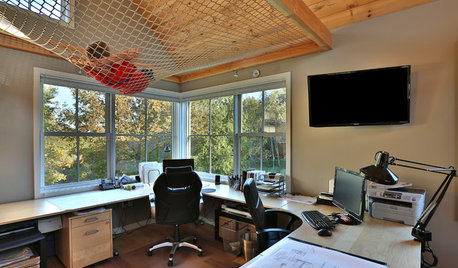
BACKYARD STUDIOSSee Why This Architect's Office Has a Built-In Safety Net
A Maine backyard studio gets high marks for energy efficiency, and its safety-net hangout adds low-tech fun
Full Story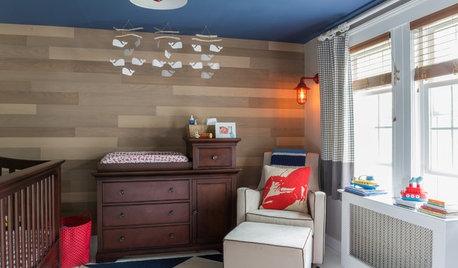
DECORATING GUIDESRoom of the Day: Child Safety at Play in a Nautical-Themed Nursery
A 1-year-old’s room, designed to be safe and to grow with him, nods to his parents’ Cape Cod roots
Full Story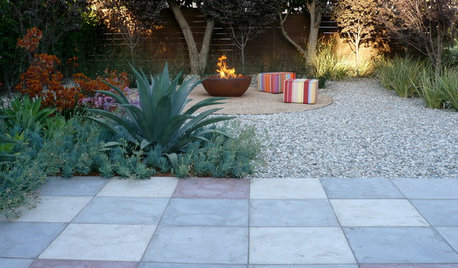
MATERIALSPrecast Concrete Pavers Make a Versatile Surface in the Garden
You can use concrete pavers in a variety of shapes and colors for your patio, walkway, driveway and more
Full Story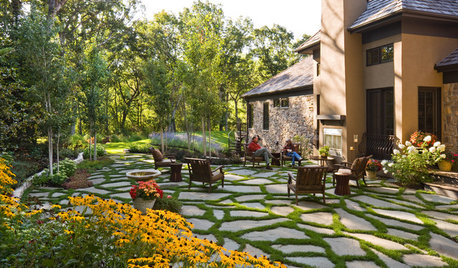
GARDENING AND LANDSCAPINGPatio Pavers Go Green in Between
Kind to the environment and easy on the eyes, pavers with moss or other foliage in the joints create a charming permeable hardscape
Full Story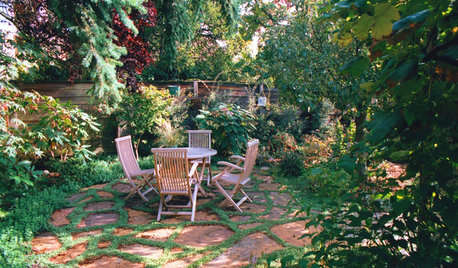
GARDENING AND LANDSCAPINGPavers for the Perfect Patio and Path
3 Landscape Designers Share Tips on Paver Materials, Installation and Cost
Full Story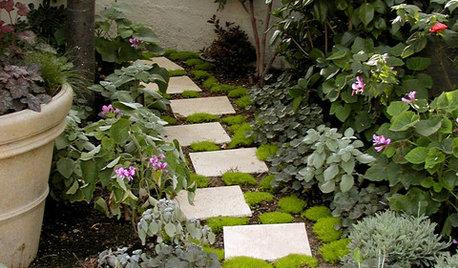
GARDENING AND LANDSCAPINGPlants for Your Pathway
Pretty up your garden walk with the right ground cover between pavers
Full Story





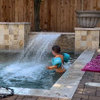
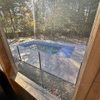

poolguynj
robstandard
Related Professionals
Apollo Beach Landscape Contractors · Centereach Landscape Contractors · Huntington Landscape Contractors · Kaneohe Landscape Contractors · Lake Worth Landscape Contractors · Muttontown Landscape Contractors · Olympia Landscape Contractors · St. Louis Landscape Contractors · Camp Springs Landscape Contractors · Vadnais Heights Landscape Contractors · Hueytown Landscape Contractors · Raytown Landscape Contractors · Ferguson Landscape Contractors · Saint Louis Park Decks, Patios & Outdoor Enclosures · Schaumburg Decks, Patios & Outdoor Enclosures